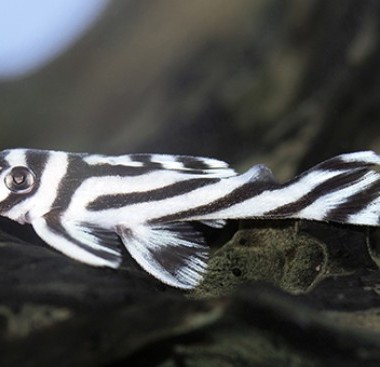West Nile Invasion Devastates Wildlife
By: Staff Date: 01/12/2012 Category: | Wildlife Journal |
West Nile virus spread across the US in 2002, leaving more than 200 people dead and thousands more infected.
While the media rightfully focused on the human toll, the impact of the disease on wildlife was widespread and lethal and gave the virus a toehold on further human and animal devastation.
According to a story in the Washington Post(1) dozens of species have been impacted by the virus carried by about three dozen different types of mosquitoes. Few animal groups escape infection; birds, reptiles, and mammals all fell victim to this growing threat. An emerging network of zoos and federal agencies is working on a vaccine, and California condors have been inoculated, but research is still in its infancy.
Since the first confirmed case of the disease at the Bronx Zoo in 1999, scientists have discovered that infection can occur in the offspring of infected animals and that mosquitoes can pass the virus to their eggs so that hatching larvae are already infected. Raptors have contracted the virus by eating infected prey, and there is evidence that some birds have spread the disease in their droppings.
Although the vast majority of people infected with West Nile show few or no symptoms, the virus can produce fatal disease in people who are elderly or debilitated. With the reservoir of disease apparently increasing in wildlife populations, the prospect for more human cases looms, and the potential for widespread devastation of animal populations exists.
The disease can be slowed by avoiding mosquito bites, removing breeding pools from property, and killing mosquitoes and their larvae. Although spraying is still considered the optimum treatment for large areas where mosquitoes breed, environmental groups oppose the use of pesticides and one group has sued the City of New York to halt the practice. The suit has been turned down in the courts, but the group plans an appeal.
Following claims that the pesticides are not safe and that they create populations of resistant insects, the Sierra Club fact sheet(2) on West Nile virus contains the following:
“Let’s look at the big picture. Is it worth introducing an agent into the environment that can cause irreversible health dysfunction to people and disrupt natural predator/prey systems, when the incidence of mortality from infection with West Nile Virus is negligible? The risk/benefit analysis clearly indicates that the dangers of WNV are minimal and affect a very small segment of the population. In comparison, long-term health and environmental risks of spraying with synthetic pesticides poses a much greater risk.”
However, the Competitive Enterprise Institute (3) countered this argument with a press release issued in August 2002 with statements from environmental risk assessment specialist Angela Logomasini and medical entomologist Dr. Donald Roberts.
“Environmentalists are trying to scare the American public into believing pesticide spraying is dangerous, even more dangerous than the disease itself, when in fact, the EPA sets pesticide standards to limit exposure to an amount that is hundreds of times lower than the maximum levels it deems safe,” Logomasini said.
Roberts, professor of tropical public health at the Uniformed Services University of the Health Sciences, added: “Contrary to the environmentalist view, public health campaigns that use insecticides against diseases have a remarkable record of public safety and a remarkable record of protecting humans from insect-borne diseases.”
About The Author
All Authors Of This Article: | Patti Strand |












